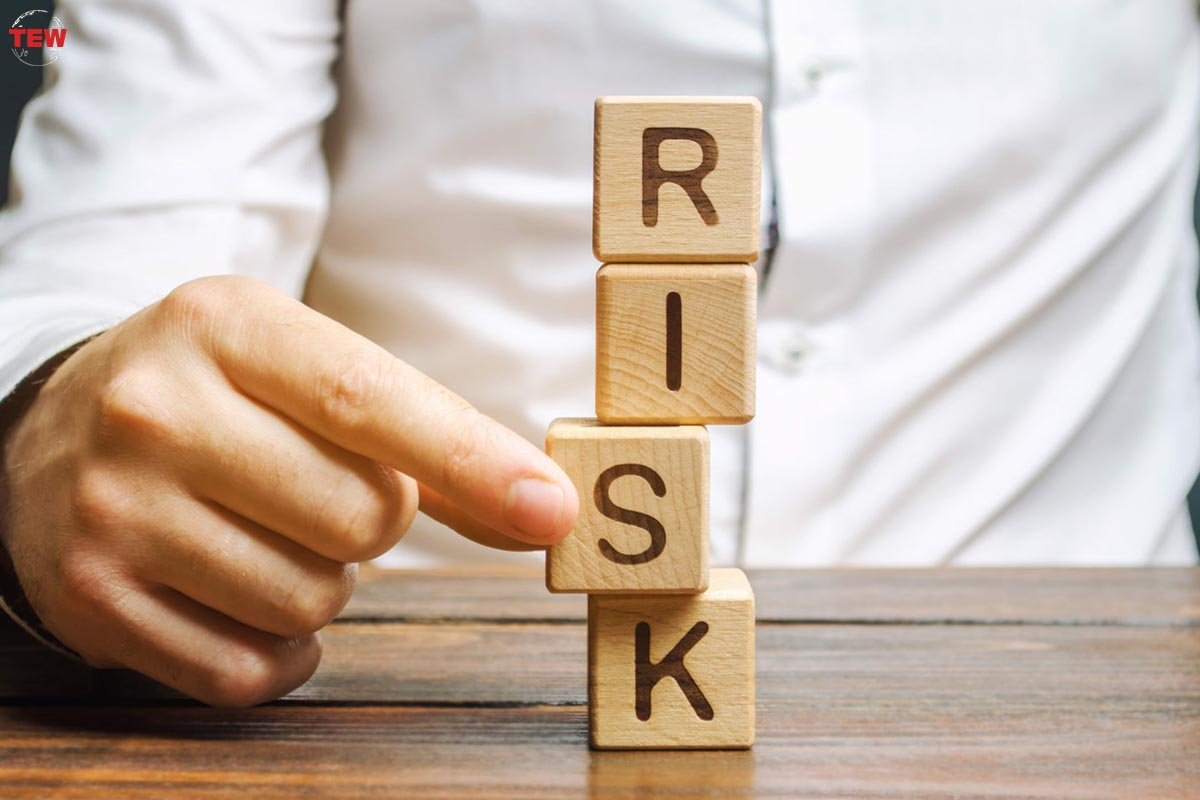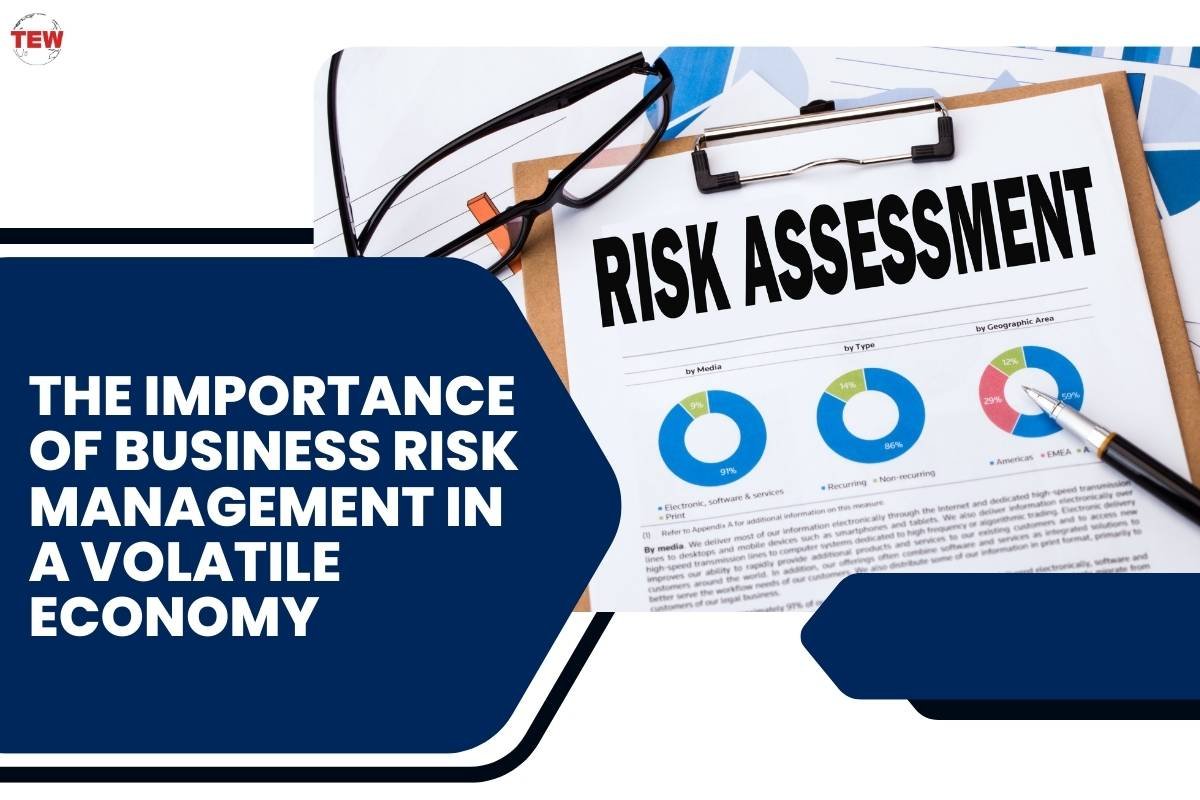In today’s quickly shifting economic landscape, grasping the nature of unpredictability and its effects on companies is crucial. An unpredictable economy is characterized by sudden changes that may come from financial sectors, geopolitical unrest, or unexpected worldwide incidents. For example, the United States saw an annual inflation rate of 3.3% for the 12 months ending in May, affecting buying power and leading to major impacts on consumer spending and company operations.
Such economic shifts pose challenges for companies, requiring strong strategies to ensure stability and promote growth. It’s essential for companies to implement forward-thinking business risk management practices. These strategies are vital not just for survival, but also for enabling companies to take advantage of new possibilities in times of instability.
Here are strategies for business risk management in a volatile economy:
Identifying Key Business Risks
Business challenges come in various forms, including those related to markets, credit, operations, and strategy. The initial stage in managing these challenges is to identify them. For example, market challenges such as economic slumps or shifts in consumer preferences can significantly impact profits.

Likewise, challenges in operations due to flaws in internal systems or procedures can interrupt daily business functions. Challenges in strategy, however, typically arise from poor decision-making or an inability to adjust to changes in the business landscape. Conducting frequent evaluations of these risks helps companies prepare and react quickly and efficiently.
The Role of Commercial Business Insurance in Mitigating Financial Risks
A key component of any solid business risk management approach is commercial business insurance. This insurance acts as a protective barrier, defending against various risks that could lead to significant financial damage.
From legal battles and property damage to business disruptions, this insurance offers a financial buffer that supports a company’s recovery and allows it to keep running smoothly. Choosing the appropriate insurance policies for a business risk management strategy is a deliberate action to protect a company’s financial stability.
Technological Tools for Risk Management
In today’s business landscape, technology is essential for better managing risks. With an array of tools and software available, businesses can keep a close eye on potential risks and prepare for any vulnerabilities. These tech solutions allow companies to gather and analyze vast amounts of data, making it easier to predict and deal with risks effectively.
Furthermore, the inclusion of artificial intelligence and machine learning has transformed business risk management. These technologies offer deeper insights and more precise predictions, enhancing the speed and efficiency of how businesses handle potential issues.
Financial Strategies to Enhance Resilience
Having solid financial plans in place is key to staying strong in an unpredictable economy. Spreading out income sources helps decrease reliance on just one, which lowers financial vulnerability. Keeping enough cash on hand means being ready for emergencies and quick to seize chances.

Being careful with debt and not borrowing too much is just as important. It stops businesses from being too vulnerable when the economy slows down. These smart money moves help shield against tough economic times and keep growth steady.
Employee Training and Development
Training and developing employees to understand and manage risks boosts a company’s ability to withstand challenges. By equipping staff with the right knowledge and skills, you’re not only spotting risks early but also dealing with crises efficiently.
Consistent training ensures teams stay informed and ready to tackle risks head-on, rather than waiting until it’s too late to act. Therefore, investing in employee development for business risk management is essential for creating a flexible and responsive business.
Creating a Culture of Preparedness and Adaptation
Fostering a workplace environment that values being ready, flexible, and able to adjust is crucial. When employees are urged to stay attentive to shifts and react quickly, it promotes innovation and helps businesses keep moving forward despite challenges.

Promoting honest communication and ongoing education can help companies take a proactive stance when handling risks. Overall, a culture centered on readiness sets up a business to not only endure but also prosper despite changes in the economy.
Staying Ahead in a Changing World
It’s crucial for businesses to grasp and apply thorough risk management plans, including commercial insurance, to stay afloat in a fluctuating economy. It’s not sufficient to set up these plans once; companies need to consistently review and improve their methods based on new data and evolving circumstances.
By doing this, they safeguard not only their existing resources and activities but also secure continuous progress and strength against future unknowns. So, effective business risk management isn’t merely a defensive action—it’s a vital strategy for businesses looking to thrive in a dynamic and uncertain economic setting.






